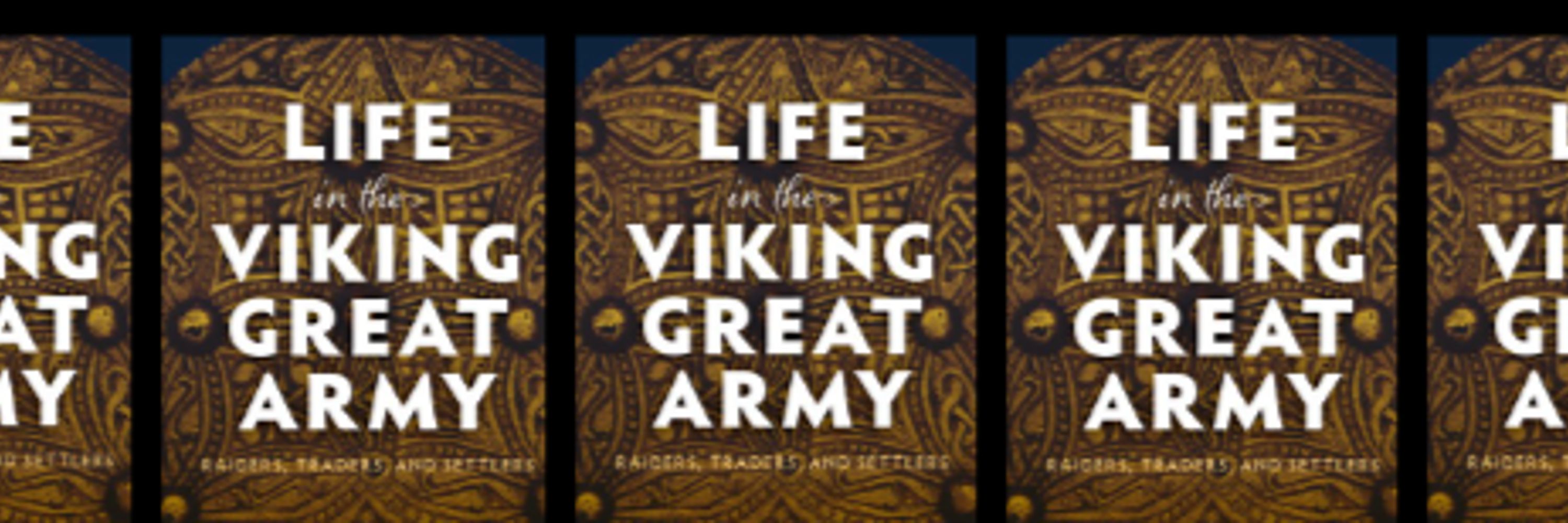
It's not the years - it's the mileage.
It's not the years - it's the mileage.
In PSAS 153, 2024 @socantscot.bsky.social Jane Geddes argues the weird 'beehive' surrounded by headless corpses on Sueno's Stone, Forres, is the furnace of the damned
Nice shout-out to #CrucibleOfNations as a bonus
doi.org/10.9750/PSAS...


In PSAS 153, 2024 @socantscot.bsky.social Jane Geddes argues the weird 'beehive' surrounded by headless corpses on Sueno's Stone, Forres, is the furnace of the damned
Nice shout-out to #CrucibleOfNations as a bonus
doi.org/10.9750/PSAS...

(We posed him a bit to hide his face)

(We posed him a bit to hide his face)
I thought we'd take a pause from Viking camps and instead look at a North Yorks assemblage which I helped lift last year - and which Rebecca Griffiths @yorym-flo.bsky.social posted about last week. I watched these beauties come out the ground...
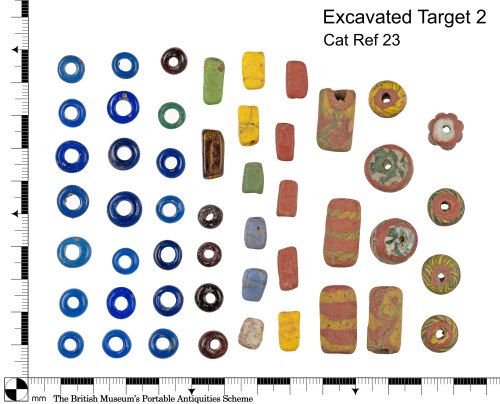
I thought we'd take a pause from Viking camps and instead look at a North Yorks assemblage which I helped lift last year - and which Rebecca Griffiths @yorym-flo.bsky.social posted about last week. I watched these beauties come out the ground...
I thought we'd take a pause from Viking camps and instead look at a North Yorks assemblage which I helped lift last year - and which Rebecca Griffiths @yorym-flo.bsky.social posted about last week. I watched these beauties come out the ground...

I thought we'd take a pause from Viking camps and instead look at a North Yorks assemblage which I helped lift last year - and which Rebecca Griffiths @yorym-flo.bsky.social posted about last week. I watched these beauties come out the ground...
blackshuckbooks.co.uk/shadows-37/
*different from horror archaeology like a winter watching brief in the snow, finding nowt.

blackshuckbooks.co.uk/shadows-37/
*different from horror archaeology like a winter watching brief in the snow, finding nowt.
This is DB1423, one of the three possible spears from the camp at Torksey. /1

This is DB1423, one of the three possible spears from the camp at Torksey. /1

People have been known to duck and run for cover when I start talking about strap fittings... so I promise I'll contain my enthusiasm! /1

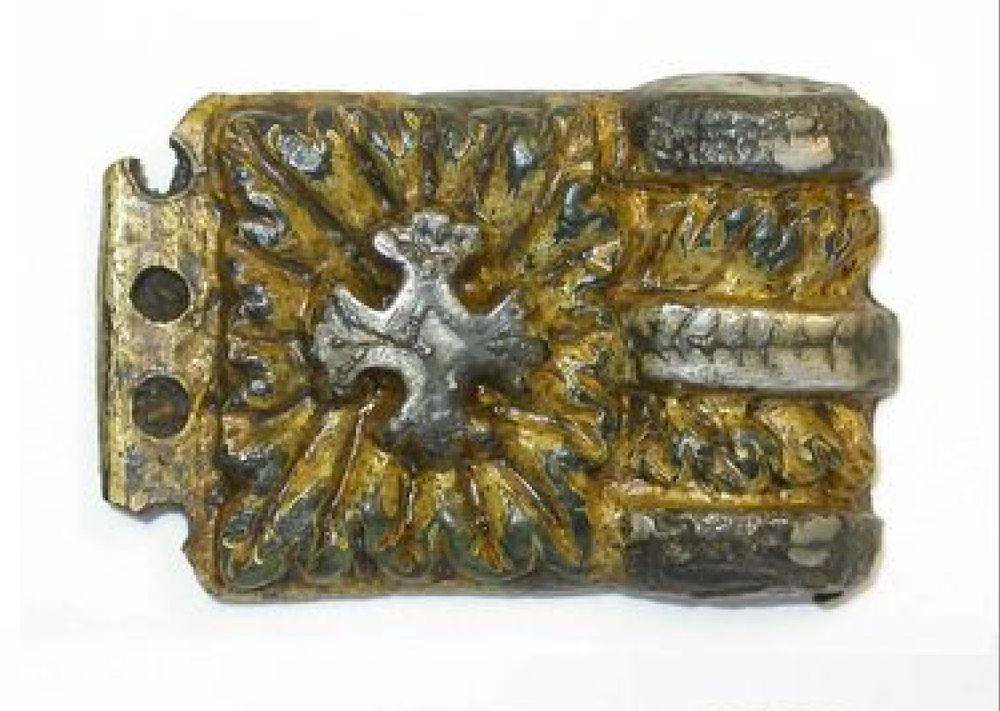
People have been known to duck and run for cover when I start talking about strap fittings... so I promise I'll contain my enthusiasm! /1
People have been known to duck and run for cover when I start talking about strap fittings... so I promise I'll contain my enthusiasm! /1


People have been known to duck and run for cover when I start talking about strap fittings... so I promise I'll contain my enthusiasm! /1
Yesterday I stumbled upon an ornamented fragment which is depicted in “Birka Studies 2”. When turned correctly it is evidently a piece of a Kazakevièius IIb-scabbard chape.
To my knowledge the first trace of one from Björkö/Birka.
#FindsFriday


Ever wondered what the epic poem Beowulf sounds like spoken in Old English?
#NationalPoetryDay
Ever wondered what the epic poem Beowulf sounds like spoken in Old English?
#NationalPoetryDay
We're going to talk about this little artefact today - database number 115 from the camp at Torksey, Lincolnshire. /1

We're going to talk about this little artefact today - database number 115 from the camp at Torksey, Lincolnshire. /1


We're going to talk about this little artefact today - database number 115 from the camp at Torksey, Lincolnshire. /1

We're going to talk about this little artefact today - database number 115 from the camp at Torksey, Lincolnshire. /1
An ornamented (and burnt) bone fragment from Reistad in Levanger, Trøndelag. Found 1935 in a burial mound. The pelleted body implies Mammen-style (c. ~1000 CE).
More here: www.unimus.no/portal/#/thi...
(📸: CC BY-SA 4.0)

An ornamented (and burnt) bone fragment from Reistad in Levanger, Trøndelag. Found 1935 in a burial mound. The pelleted body implies Mammen-style (c. ~1000 CE).
More here: www.unimus.no/portal/#/thi...
(📸: CC BY-SA 4.0)
Dr Victoria Whitworth: The Book of Kells: Unlocking the Enigma is finally out, and you can celebrate it (and snag a copy) at the Tarbat Discovery Centre on 11 October.
Tickets at www.tickettailor.com/events/tarba...
(1/2)

Dr Victoria Whitworth: The Book of Kells: Unlocking the Enigma is finally out, and you can celebrate it (and snag a copy) at the Tarbat Discovery Centre on 11 October.
Tickets at www.tickettailor.com/events/tarba...
(1/2)
We'll start with these two pieces - Torksey finds DB 130 and 804. Both are broken ferrules from sword grips. /1
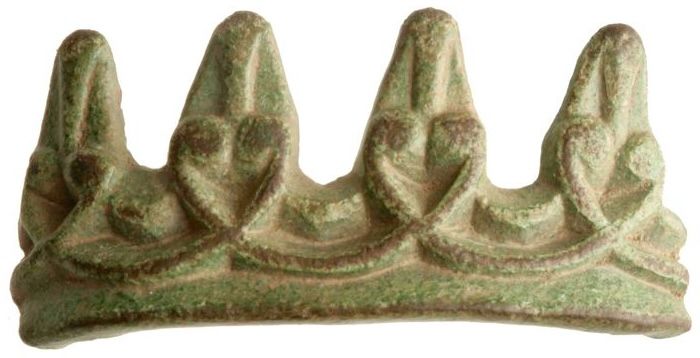

We'll start with these two pieces - Torksey finds DB 130 and 804. Both are broken ferrules from sword grips. /1
We'll start with these two pieces - Torksey finds DB 130 and 804. Both are broken ferrules from sword grips. /1


We'll start with these two pieces - Torksey finds DB 130 and 804. Both are broken ferrules from sword grips. /1
It was a hugely enjoyable hour-and-a-half for me: the link's below if you'd like to watch or listen 😊
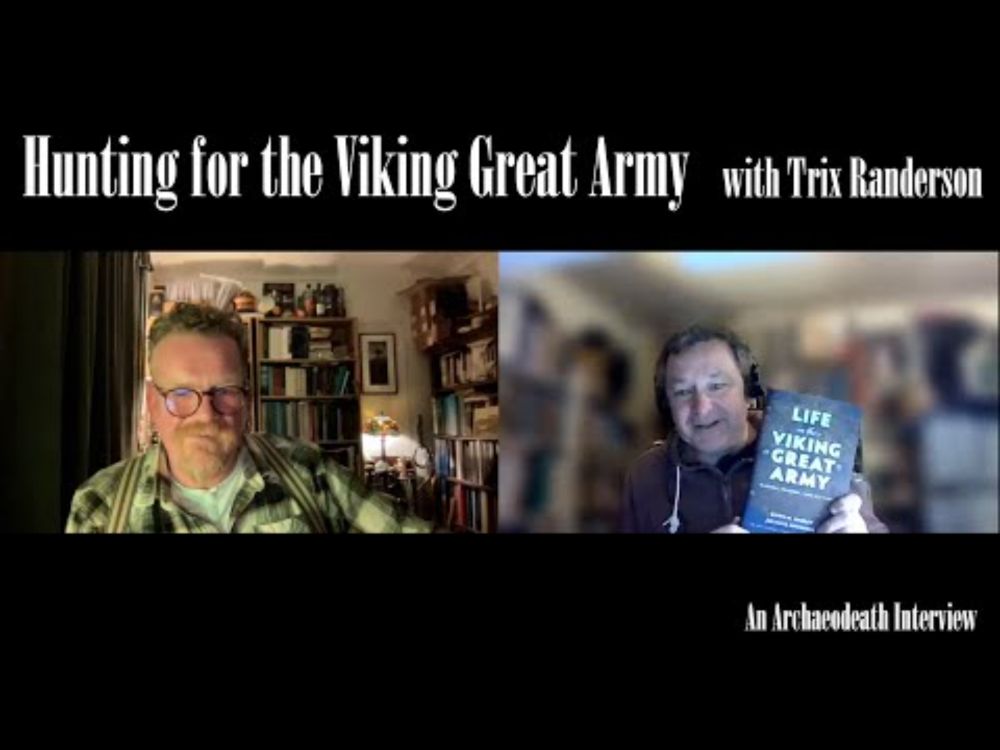
It was a hugely enjoyable hour-and-a-half for me: the link's below if you'd like to watch or listen 😊
It was a hugely enjoyable hour-and-a-half for me: the link's below if you'd like to watch or listen 😊

It was a hugely enjoyable hour-and-a-half for me: the link's below if you'd like to watch or listen 😊
B is from Snettisham & is secure Iron Age find - typical of IA.
So are both these again Iron Age, with Piece A thieved?
Who knows, but we can't rule it out.


B is from Snettisham & is secure Iron Age find - typical of IA.
So are both these again Iron Age, with Piece A thieved?
Who knows, but we can't rule it out.

